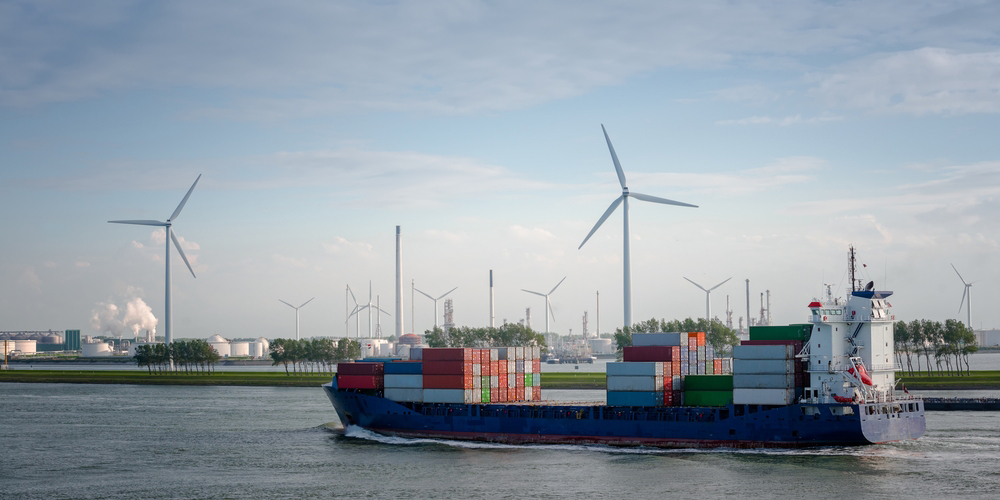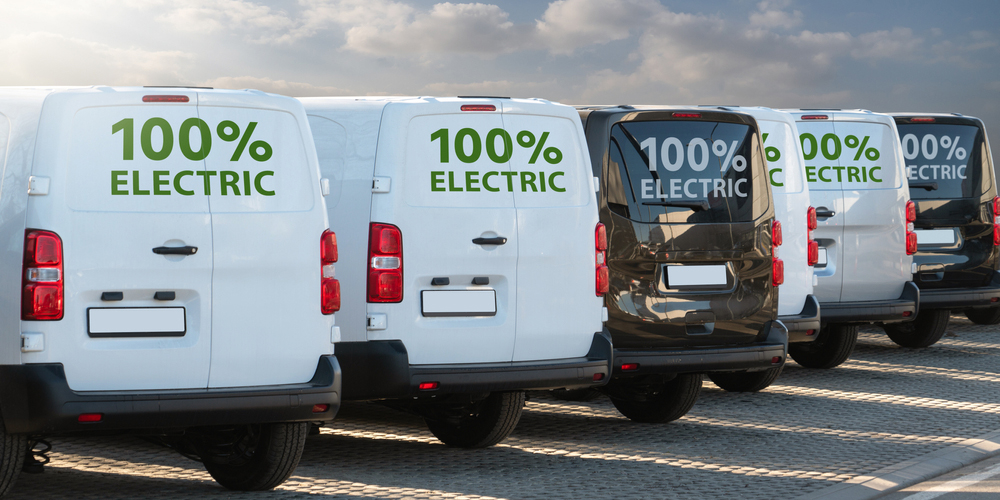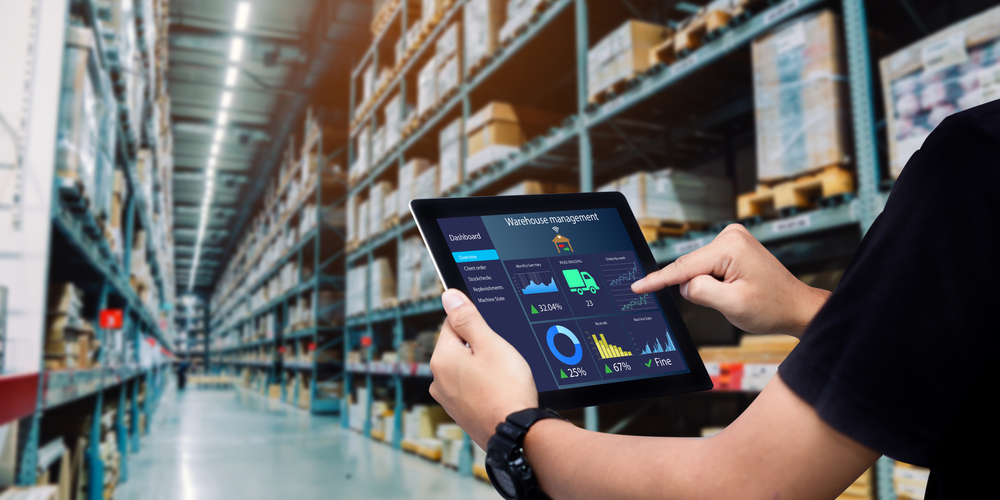We use cookies and other proprietary and third-party technologies to make our website work correctly and securely. We also use them to analyse user browsing and be able to adapt advertising to your tastes and preferences. Cookies Policy.
The 5 keys to making sustainable logistics a reality
The transportation of merchandise is one of the great challenges to sustainable mobility. There are already some alternatives that propose much greener logistic solutions without losing any efficiency.
According to the International Energy Agency, the transportation of merchandise is responsible for 10% of the world’s carbon dioxide emissions. And as a share of all transport, highway transport accounts for almost 75% of CO2 emissions. These figures mean that the transport of merchandise is a sector that is of low sustainability, with levels that are far from compatible in a world where sustainability is necessary in all areas of human activity.
In the coming years, we should reduce the impact of this merchandise transport on the environment. Especially by reducing emissions. For that reason, the transport industry needs wide renewal to adapt to the threat of climate change. It’s time for sustainable logistics.

The good news is that, in principle, many of the world leaders in international transport (especially the European Union and the United States) seem to be committed to sustainable logistics. Transport companies like Maersk and DHL, or manufacturers with wide distribution networks like Volkswagen, include in their company strategies measures to be cleaner and more efficient and to reduce the impact of what they transport.
A last mile
One possible strategy to make the transport of merchandise more sustainable is to concentrate on the so-called last mile. This is the final part of the chain that ends with the goods in the hands of the purchaser. While the longest supply section tends to be carried out by ship or plane, the last mile is usually made by motor vehicles. In addition, this last section of distribution has augmented its impact in recent years with the exponential growth of home deliveries.
One of the principal options in making this last mile more sustainable is the general use of electric vehicles. Eliminating vehicles powered by fossil fuels, besides helping distribution chains to have less impact on the environment in general, would also reduce air contamination, especially in the cities. Likewise, in those cases where the load and the distance permit it, bicycles could be used or small wagons that don’t require energy to function.

Nearby storehouses
But that’s not the only option. Another possibility is to eliminate as much as possible the distribution of goods to homes and replace it by nearby storehouses. Some consumer goods already offer this option, the “store pickup” that has been in place for years. And this possibility can even be used by those companies that don’t have physical premises: through the creation of collection hubs (for example, in nearby markets) that buyers can go to and collect the purchase they have made by internet.
One of the challenges when devising more sustainable distribution practices is the cultural change they involve. In recent years, buyers have become accustomed to distribution models based on quick home delivery, habits that could be an obstacle in making delivery chains more sustainable. Nevertheless, they seem to be willing to make some sacrifices. According to an IBM study in 2020, some 57% of consumers would be willing to change their online purchasing habits if this would help reduce the environmental impact.
Data analysis
The use of data analysis by distribution chains could also help make them more sustainable. It allows companies to work more efficiently. In addition, through the distribution chains, it offers the chance to coordinate deliveries much more effectively and reduce those routes that have little or no loads. Data could also be used to establish the most efficient delivery routes, as well as to calculate the carbon footprint of these distribution chains.

Eliminating the use of paper
Anyone who works in logistics can verify that, in sending and delivering an item, the use of paper is still widespread. Purchasing orders, bills, receipts… the number of documents, even when there are alternatives, is considerable. Nevertheless, the change to digital alternatives is easier than ever. Especially with the arrival of blockchain technology, which not only permits digital registries but also guarantees their security and authenticity. There are very few excuses for not being paper free.
Notice: Trying to access array offset on value of type null in /DATA/sites/ontheroadtrends.com.preproduccion.com/webspace/wp-content/themes/ontheroad2023/templates/newsletter.php on line 3
Notice: Trying to access array offset on value of type null in /DATA/sites/ontheroadtrends.com.preproduccion.com/webspace/wp-content/themes/ontheroad2023/templates/newsletter.php on line 4
Notice: Trying to access array offset on value of type null in /DATA/sites/ontheroadtrends.com.preproduccion.com/webspace/wp-content/themes/ontheroad2023/templates/newsletter.php on line 5